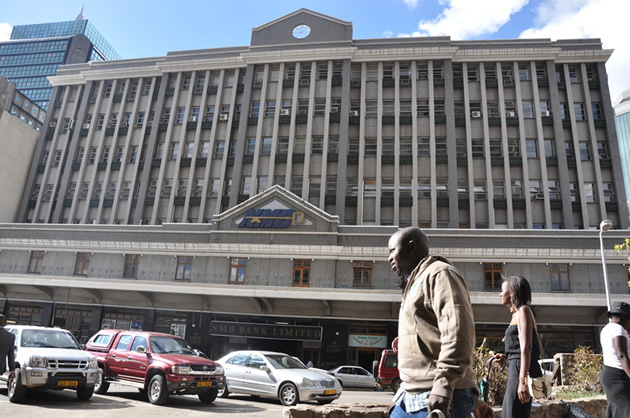Population and settlement
 Population distribution and density
Population distribution and density
People are unevenly distributed around the world. The difference in distribution is measured by comparing population density – the number of people per square kilometre (km²).
Population density is determined more by environmental factors which make an area more or less attractive to settlers than by economic development.
Population patterns
The way in which people are spread across a given area is known as population distribution. Geographers study population distribution patterns at different scales: local, regional, national, and global. Patterns of population distribution tend to be uneven. For example, in the UK there are more people living in the southeast of England than in Wales.
Population density
Population density is the average number of people per square kilometre. It is a way of measuring population distribution and shows whether an area is sparsely or densely populated. Population density is calculated using the following formula:
Population density = total population ÷ total land area in km²
Population density
The map shows patterns of population density on a global scale. Note that:
Areas of high and low population density are unevenly spread across the world.
The majority of places with high population densities are found in the Northern hemisphere.
The population density of a country is has very little to do with its level of economic development. For example, both Bangladesh and Japan are very densely populated, but Bangladesh is a LEDC and Japan is a MEDC.
Factors affecting population density
Environmental and human factors affect the spread of people across the world.
Factors attracting settlement
Temperate climate, eg the UK
Low-lying flat fertile land, eg the Bangladesh Delta
Good supplies of natural resources, eg building resources.
The Sahara Desert
Factors discouraging settlement
Extreme climates, eg Sahara Desert.
Mountainous or highland areas, eg the Scottish Highlands.
Dense vegetation, eg the Amazon Rainforest.
Socio-economic factors
Factors such as the availability of jobs and comparatively high wages can contribute to high population density through migration. For example, from 2004 the UK has seen an influx of migrants from countries that have joined the EU, such as Poland.
Political factors
Civil war, e.g. in the Darfur region of Sudan, can contribute to lower population densities as people become refugees and leave an area.
Population change and structure
Population numbers change over time, influenced by births, deaths and migration into or out of the area. Global population levels, having grown slowly for most of human history, are now rising.
Population pyramids show the structure of a population by comparing relative numbers of people in different age groups. Population structures differ markedly between LEDCs and MEDCs. Demographic transition models show population change over time – and also show marked differences between LEDCs and MEDCs.
Global population growth
At present the world’s population is growing quickly, though this has not always been the case.
Until the 1800s the world’s population grew slowly for thousands of years.
In 1820 the world’s population reached one billion.
In the early 1970s, the world’s population reached three billion.
In 1999, less than 30 years later, the population doubled to six billion.
The global rate of population growth is now one billion every 15 years. – .scribd.com








Comments